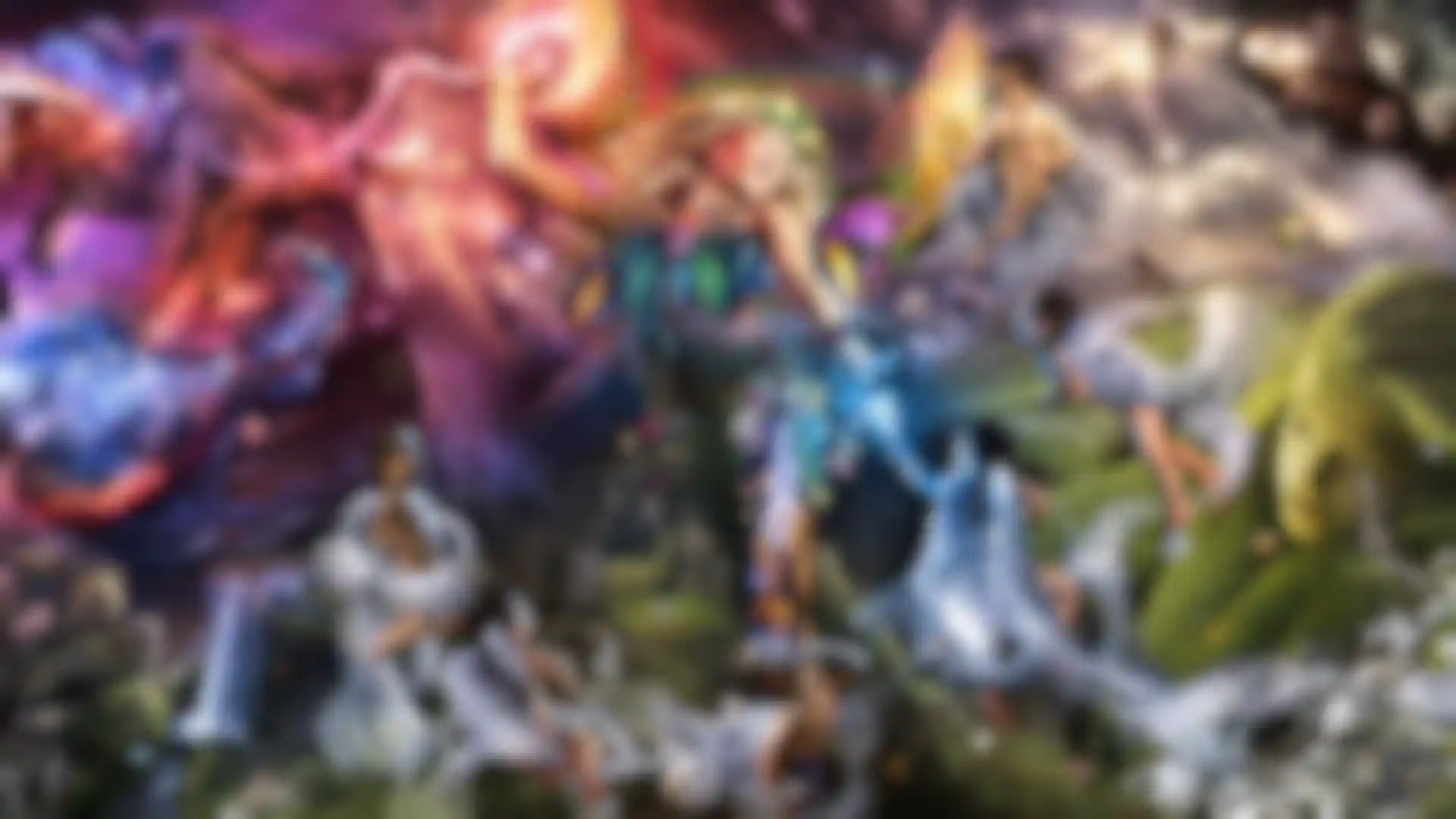
‘Rebirth of Gaea’ How VFX artist Jesse Newman brought Greek mythology to life with Red Giant tools.
Peaceful, vicious, conceptual and delicate, “Rebirth of Gaea” is a multilayered visual tapestry and the culmination of a personal journey for VFX artist Jesse Michael Newman.
An award-winning visual artist credited in MOMA and the Whitney Museum of American Art, Newman’s work includes feature films, network identities, advertising campaigns and AR experiences.
“Rebirth of Gaea” began in 2006 as an image Newman created for his daughter. Over time, he has evolved the project to include process videos, NFTs and collaborations with AI. Describing the work as “an organic puzzle of diverse, interwoven vignettes,” Newman relied on After Effects, Red Giant’s Trapcode and Magic Bullet tools to create the three hundred-million-pixel canvas.
We talked with Newman about “Rebirth of Gaea,” which was first exhibited at the 2012 International ArtExpo New York and garnered him a nomination “Art Business News” as one of the Top 50 Emerging Artists.
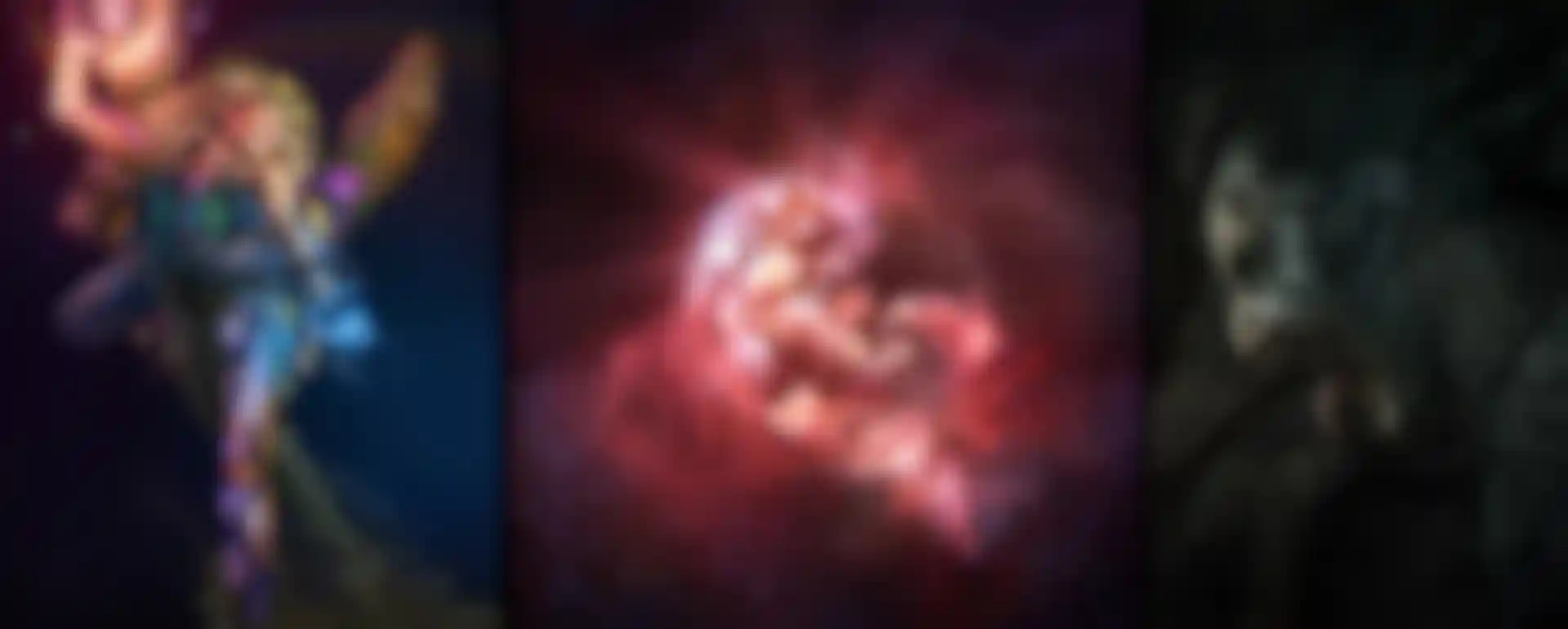
Please tell us about yourself.
Newman: I’ve been learning into communicating ideas through visual effects for as long as I can remember. As a 19-year-old art student who was inspired by Salvador Dali, opening Photoshop for the first time unleashed an insane power. And having an undo button allowed me to experiment and develop ideas without the fear of going too far.
In 1995, I pivoted from industrial design to digital image making at the University of Notre Dame. It was the early days of digital media and, after graduating, I got a job at a boutique VFX studio in California, and never looked back. I’ve been freelancing since 2005 and working from home since 2010. Today, I live in northern New Jersey with my wife, seven kids and two dogs.
Why are personal projects important to your creative development?
Newman: Personal projects are a great way to express ideas that resonate with me while creating meaningful artwork for others. They also often end up being the path through which I learn new software, expanding my skill set in directions they may not have otherwise gone. From the underlying concepts to their technical execution, “Rebirth of Gaea” is a good example of the sort of challenge I love.
How did the narrative evolve, and how did your family fit into the project?
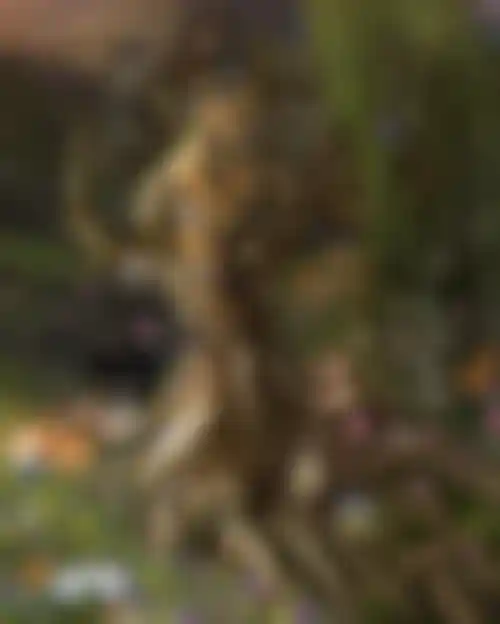
Newman: My 11-year-old daughter was fascinated by Greek mythology. I wanted to create an image to empower her. What began as a side project, of her as a tree evolved into something more ambitious as I learned more about Greek mythology.
The image on the left shows “Daphne Consoles Gaea”, the original vignette that inspired the project. Newman’s two daughters were added at different times.
Over the years, I began to interweave my own thoughts on spirituality, and as our family welcomed more children, I incorporated them into the image as well. In our house, there are times when you might feel out of place if you’re not in costume or wearing a wig. So when I asked my daughter to twist her arms like branches of a tree, she didn’t blink. I was actually able to keep the first version of “Rebirth of Gaea” a secret from her for the first five years.
Talk about your visual influences for the project.
Newman: Classical pieces influenced everything from the style to the composition. Aesthetically, I wanted to push the lighting in a way inspired partly by Caravaggio and Raphael, with deep shadows and localized lighting. I’ve always loved the narrative complexity of Bosch’s “Garden of Earthly Delights” and the way Khalil Gibran and William Blake distilled complex spiritual ideas into imagery.
Compositionally, I wanted to pay homage to classical Greek art, which idealized harmony and balance, the dynamics of action and emotion. Their primary subject matter was the human figure. For this reason, my daughter is front and center, surrounded by my son in motion, who depicts the god Eros.
Please describe your workflow.
Newman: The process began in the traditional form: pencil on paper to explore the vision and experiment with layout. Then, I gathered elements, which involved shooting photos of the components of the piece, including my children, flowers, landscapes, clouds and things like that, as well as elements that are more abstract, like dripping honey, flowing fabric, milk in a cloud tank and light refractions through ice.
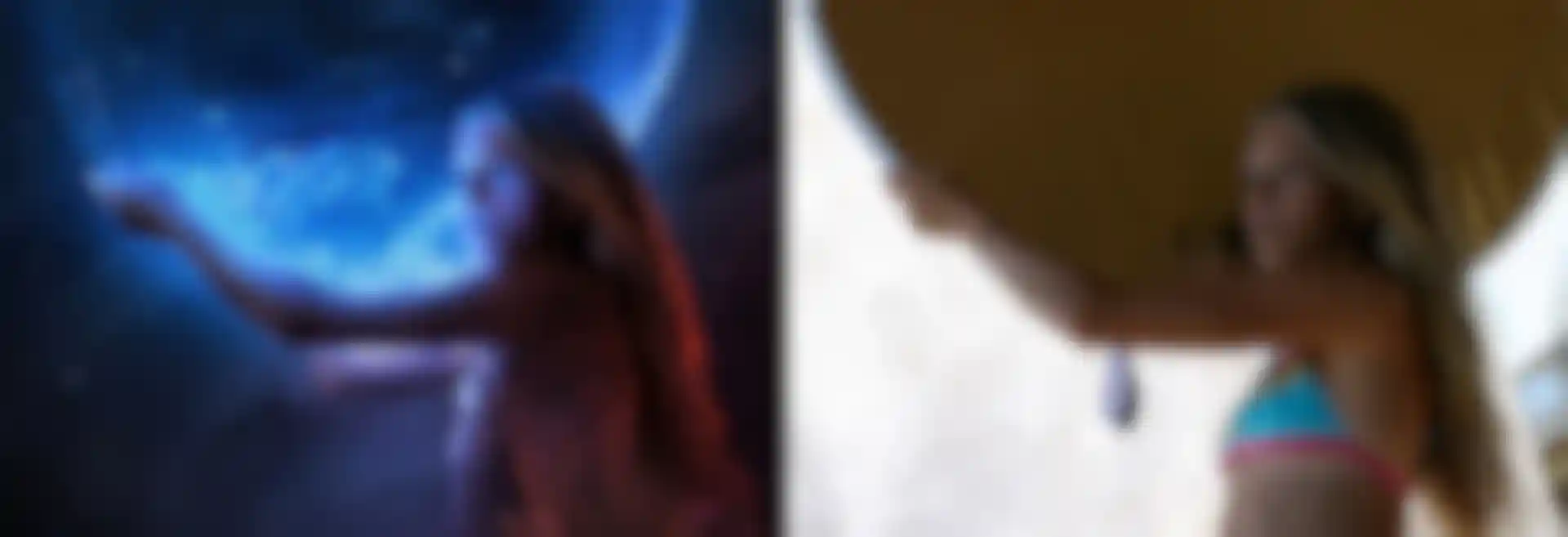
With all the elements prepared, I dove into compositing using Adobe After Effects. At that point, it became a free-flowing process where I pushed and pulled the photos to reach the desired look.
The hyper-real detail in this piece was made possible by pre-composing, countless photographs into one seamless vignette and using it as one of the countless layers in the background of the composition. I completely built out the background before creating the mid-ground and foreground elements.
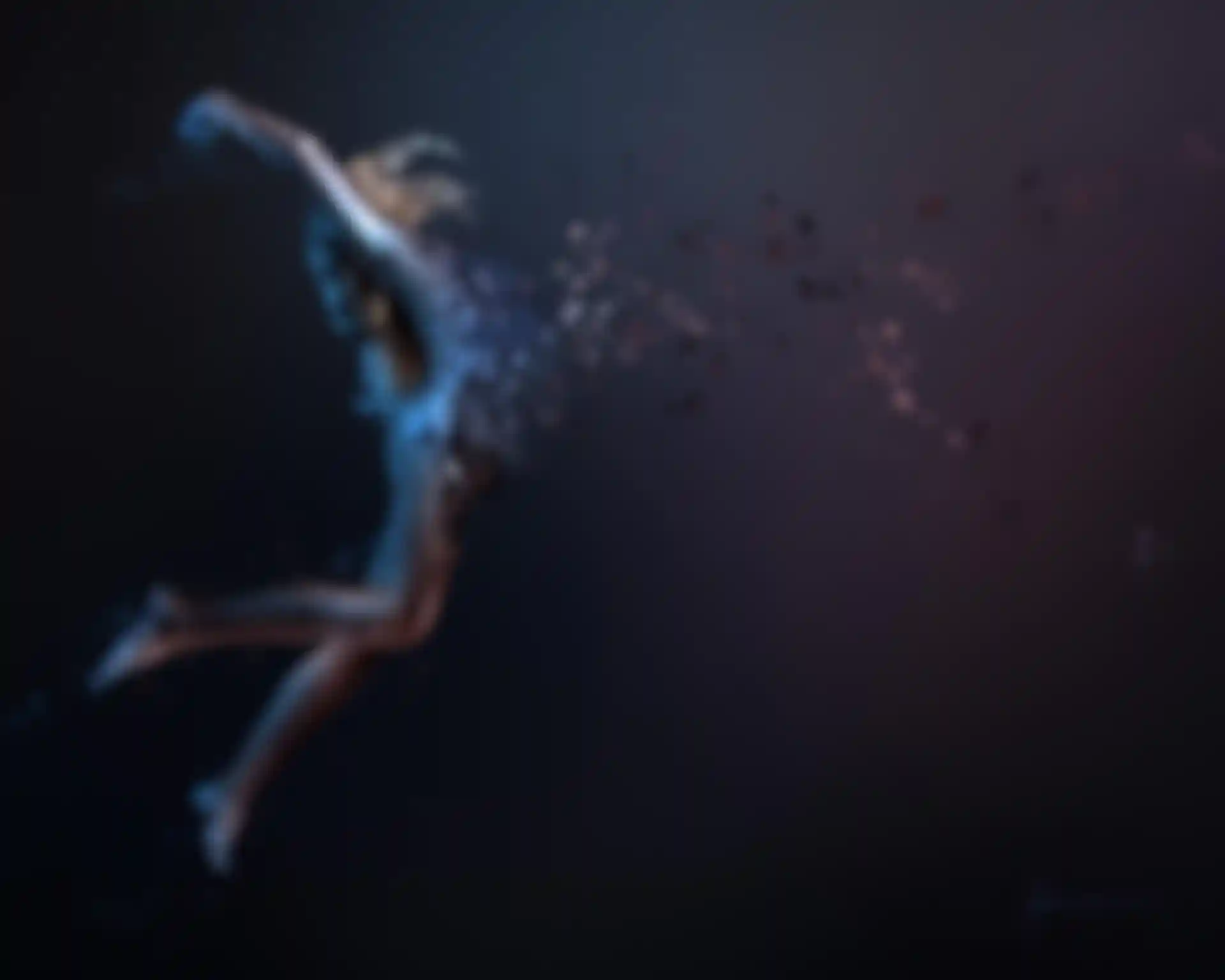
How do NFTs fit into the evolution of Gaea?
Newman: When I first heard of NFTs, I realized I had already created a body of digital artwork that potentially had value in that realm. I revisited the project to mint the vignettes on OpenSea and in doing so, I was reminded that it was unfinished and had much more potential.
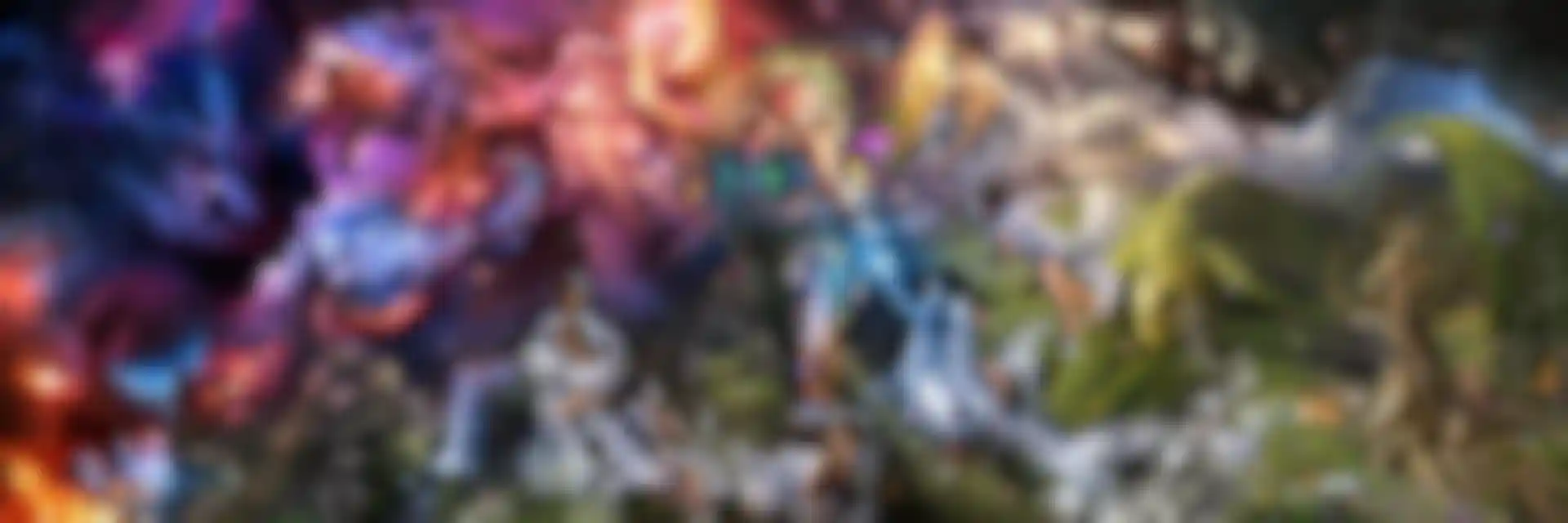
NFTs were the catalyst for me to revisit the project with enough motivation to re-familiarize myself with insanely complex After Effects setups from 15 years ago.
With fresh eyes and new tools, more of the narrative emerged, and I spent another two years completely reworking the “Cosmic Mind” vignette and recreating the short film that explains it.
Since the camera move had already been established, it was easy to use Trapcode Form to add significantly more dimension to the video by creating a star field that the camera travels through. I used Form’s fluid dynamics to enhance and add life to certain parts, including the dandelion being blown and the chariot colliding with the human mind.
Reflecting on “Gaea,” what impact has it had on you and what’s next?
Newman: “Rebirth of Gaea” has been a creative milestone. It has helped me realize the importance of pursuing ambitious personal projects, projects that allow me to keep pushing my boundaries. When I first started it, I had one child. Now there are seven children in our family, and I’m currently updating the image to include all of them.
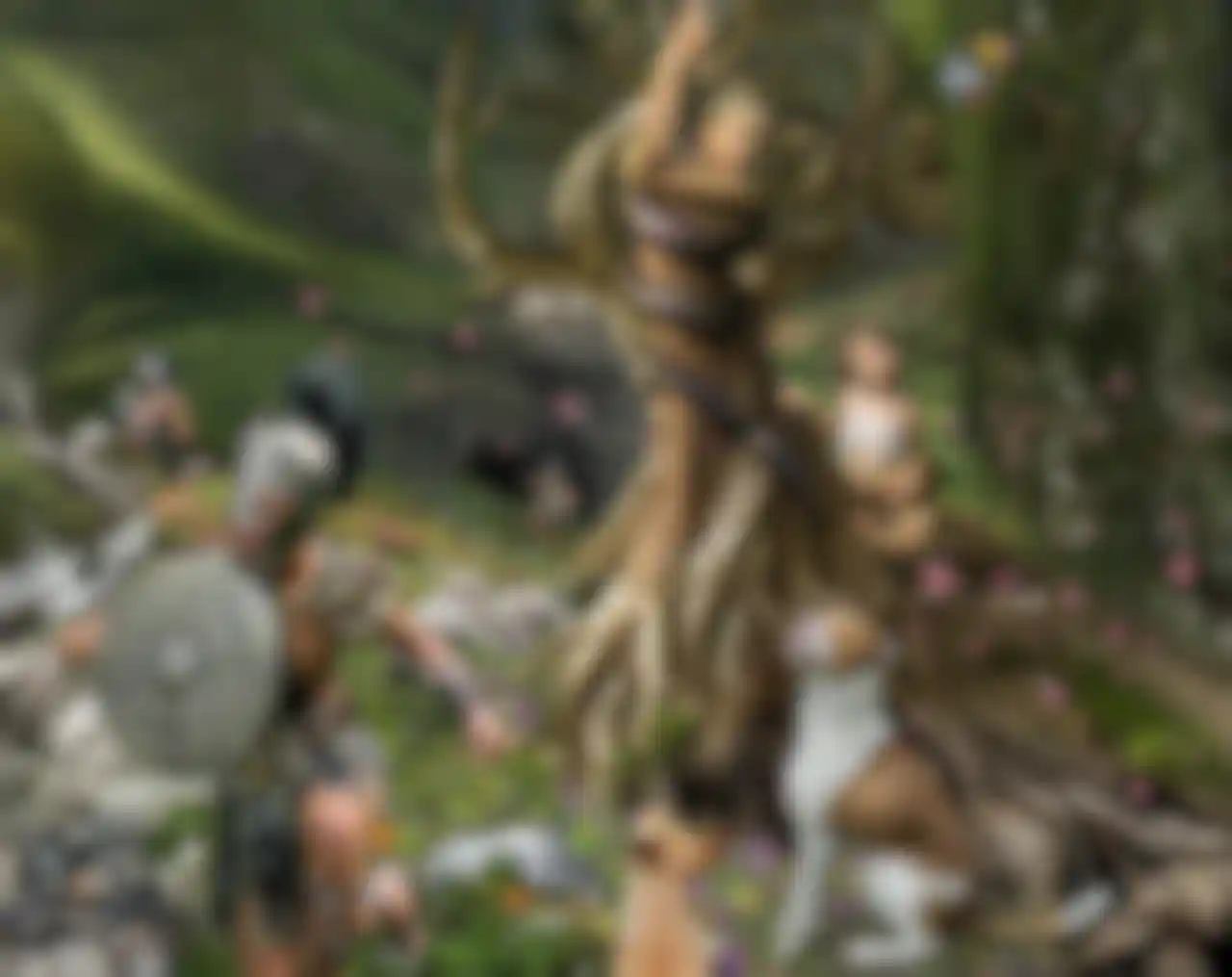
I’ve also been “collaborating” with AI, using my art as the starting point, and adjusting the prompts to push it further. The project has a life of its own. I’m just along for the ride.